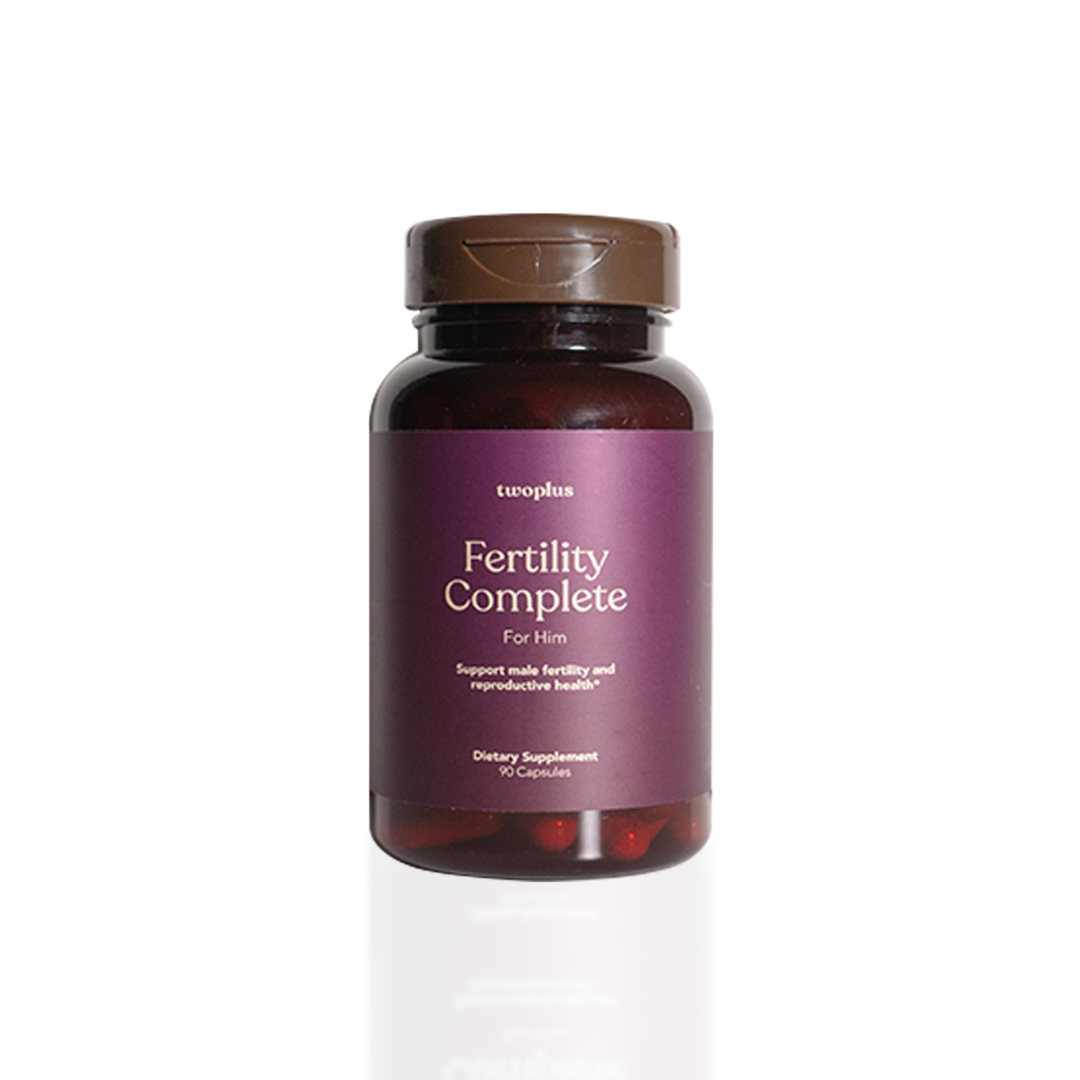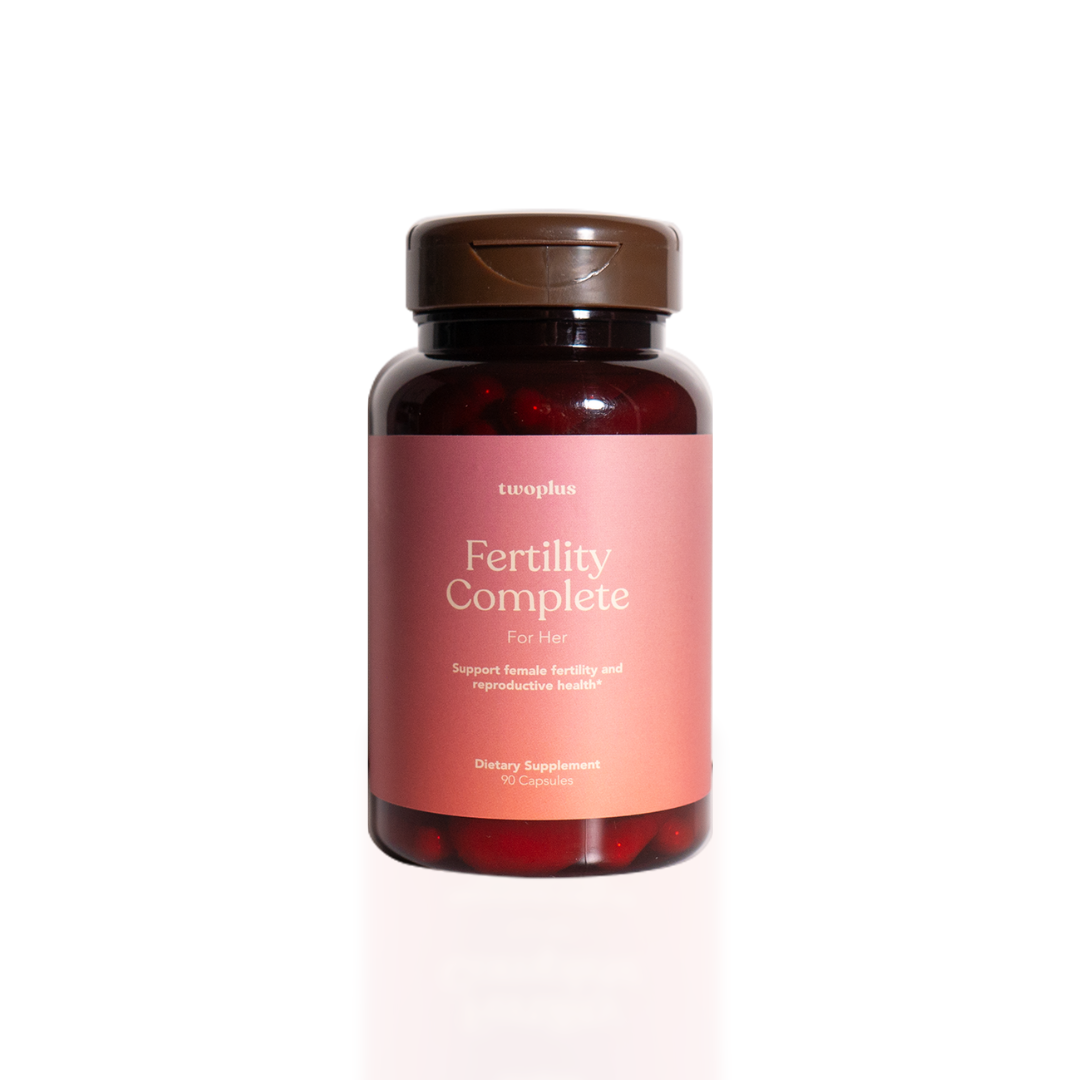Trying To Conceive? Here’s How You Can Track Your Ovulation

Amongst other things, getting the timing right is crucial when trying to get pregnant. Here’s everything you need to know about the ovulation, including how to track it with confidence.
Let’s start off with a quick biology lesson.
Did you know that sperm can survive in the uterus for up to 5 days [1], while the egg can only do so for 12 to 24 hours after ovulation [2]?
This means that there are only a grand total of around 6 days during which conception can successfully take place. With such odds, is it any wonder becoming pregnant doesn't come as easily as we’d expect?
Couples trying to conceive (TTC) would do well to pay attention to when ovulation is taking place. This will let you know when you are at your most fertile [3], and thus when you should be having sex for the best chances of pregnancy.
In lieu of ovulation tracking, you may have heard some parties recommending having sex every 2 or 3 days throughout the month to get pregnant.
While that sounds ideal (and idyllic), not all couples will be able to do that, given the busy, stress-filled modern lives we lead. Hence, tracking your ovulation to heighten your chances of conceiving may be a more appealing option for you.
In this article, we’ll cover the basics behind ovulation-tracking, 2 approaches you can use, and some tips and suggestions to help you along this journey.
The basics behind tracking your ovulation
To the uninitiated, tracking your ovulation may sound somewhat clinical, but it’s actually a very simple and logical process. And also, you won’t have to do anything invasive, and neither are there any costly medical devices or equipment that you’ll need.
The goal of tracking your ovulation is to predict or detect when your body releases an egg. That’s when conditions are primed for fertilisation to take place, marking the optimal time to have sex.
Ovulation tracking is widely practised by women all around the world, which has resulted in the emergence of many tried-and-tested methods. As such, there’s bound to be an option or 2 that’ll suit your needs and preferences.
Generally speaking, there are 2 approaches to tracking ovulation — one attempts to predict when you are most fertile, while the other detects when your body is ripe for conceiving. We’ll take a closer look at each approach in the sections that follow.
Predicting ovulation via the menstrual cycle
The first approach to predicting your ovulation window is by keeping track of the menstrual cycle.
This approach works based on the principle that ovulation commonly takes place around 14 days before your period begins [4]. Hence, couples TTC should focus on having sex during this window. While this sounds fairly straightforward, the success of this approach hinges on the regularity of and familiarity with your menstrual cycle.
This means that women with irregular periods, or those prone to occasional bouts of irregularities, may find this method to be less accurate [5]. Additionally, you may need to build up some familiarity with your menstrual cycle before you are able to find your average cycle length — a process which can take several months.
Fertility monitors and ovulation predictors
If you want to try tracking your menstrual cycle to work out your fertile window, an easy way to do so is with a mobile app or online calendar.
These are known as fertility monitors or ovulation predictors, and they generally work by giving you tools to track your period in convenient and discreet ways. Using data that you provide, these apps then utilise algorithms and data science to try and predict your fertility window. You may also find other useful features, such as personalised forecasts, health tips and insights, and tracking for health, mood, weight, intimacy and more.
If you’re thinking of giving them a try, here’s a shortlist of some popular fertility monitors and ovulation predictors you can download and use in your mobile phone or tablet.
|
Ovulation tracking app |
What it offers |
|
Clue Period and Cycle Tracker |
- Period and PMS predictions - Calendar-style overview - Personal health tracking with over 30 variables |
|
Flo Period and Ovulation Tracker |
- Period cycle prediction and pattern-tracking - Personalised health insights - Private chat with other Flo users |
|
Ovia Fertility & Cycle Tracker |
- Fertile window predictions and daily fertility scores - Data feedback and real-time health alerts, daily tips and insights - Anonymous Q&A with the community |
|
Eve Period Tracker |
- View cycle history, and forecast ovulation and upcoming period - Log sex, mood and health trends, and idtentiy personal patterns - Visualise health and menstrual data with calendars and charts |
|
Period Tracker Period Calendar |
- Simple and easy-to-use cycle tracker - Diary-style format for cycle and intimacy tracking - Sync data to Apple Health |
Detecting ovulation via hormonal and bodily changes
The other approach to ovulation tracking revolves around detecting the body’s fertility window by monitoring various bodily and hormonal changes. The occurrence of these changes indicate that ovulation is about to take place or taking place, alerting you to the optimal time to start having sex.
There are several biological signs that can be used to detect ovulation. We’ll discuss 2 of the most convenient ones in-depth, and also give an overview of some other common methods you can explore.
Measuring luteinizing hormones in urine [6]
When ovulation takes place in the body, it is preceded by a surge in the levels of luteinizing hormones (LH). This increase occurs between 12 to 36 hours before an egg is released, reliably indicating your optimum fertility window.
Good thing, then, that LH levels can be easily and conveniently measured; it can be detected in your urine, so all you need is a suitable urine test kit.
Our Ovulation Test Kit (S$5.90, £4.00) is a single-use, rapid test kit designed to detect ovulation by measuring LH levels in your urine.
All you have to do is to pass urine directly on the ovulation test kit for 5 to 10 seconds, and you’ll get results within 10 minutes. You may also dip the stick into your urine collected in a clean receptacle, if you prefer.
A positive test result (2 distinct, clearly marked lines) tells you that your LH levels are high, which means that ovulation is about to take place. This lets you know the optimal time to have procreative sex. For the most accurate results, we recommend doing the test between 11am to 3pm, and 5pm to 10pm. Consecutive tests should be performed at the same time each day for consistency.
Monitoring your basal body temperature [7]
Another widely used method for detecting ovulation is to keep track of your body temperature. In particular, what we want to measure is the basal body temperature, which is the temperature of your body when you are completely at rest.
When you ovulate, hormonal changes in your body cause your basal body temperature to rise, and this increase is sustained throughout the two weeks or so before menstruation. Hence, charting your basal body temperature can also indicate when ovulation is taking place.
To chart your basal body temperature accurately, you’ll need to take your temperature immediately upon waking, and before doing anything else — even going to the bathroom. This is because moving about will raise your temperature, which will throw off the accuracy of your chart.
You’ll likely need to take readings daily over a couple of months to reliably detect the change in your basal body temperature.
Other bodily signs ovulation is taking place [8]
Changes in cervical mucus
The consistency, amount and appearance of cervical mucus changes with your menstrual cycle, and can thus also be used to track ovulation. In short, mucus goes from dry and sticky to more fluid and watery as ovulation approaches. When it occurs, cervical mucus becomes wet and stretchy, resembling raw egg whites.
This is a naturally occurring biological process which helps to allow sperm to pass into the cervix during sex, while also providing a more hospitable alkaline environment to help them survive.
Changes in cervical position
Another bodily sign of ovulation is changes in your cervical position, and taking note of such can help you detect ovulation.
The gist of it is that as ovulation approaches, your cervix goes from firm, closed and sitting lower in your vagina, to becoming softer, while moving up higher and opening up slightly.
It may take some practice to learn how to track cervical position changes, so you might want to consult your ob-gyn for advice.
Breast tenderness and ovulation pain
Hormonal changes that accompany ovulation can cause your breasts to become more tender to the touch. In combination with other fertility signs, this can further confirm that ovulation is taking place.
Some women may also experience ovulation pain, which is commonly characterised as a temporary, sharp pain in the lower abdomen. Experiencing this pain can indicate you’re about to ovulate, although in some women, the pain is severe enough to prevent intercourse.
Increased sexual desire
Perhaps the most primal and natural sign that you’re ovulating is an increased libido. If you’re experiencing a heightened desire for sex, that’s a good indication you’re ovulating.
Of course, this isn’t a foolproof method to track ovulation. There are, afterall, multiple reasons to feel like getting it on. Also, feeling stressed, tired, anxious or down can detract from your surge in libido, or even negate them altogether — even if you happen to be ovulating.




